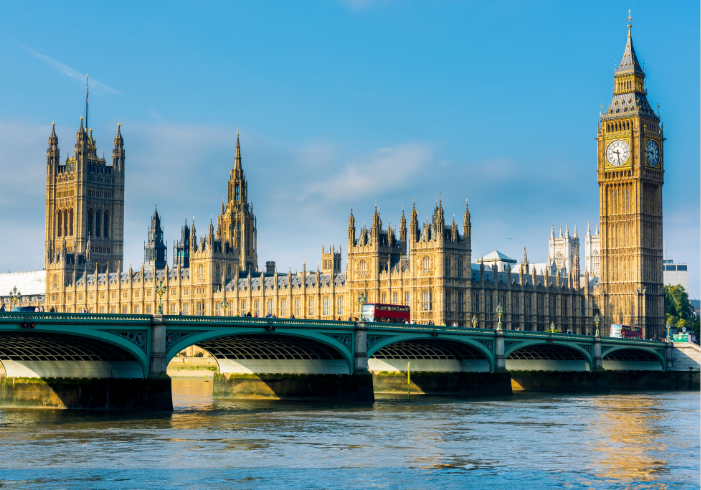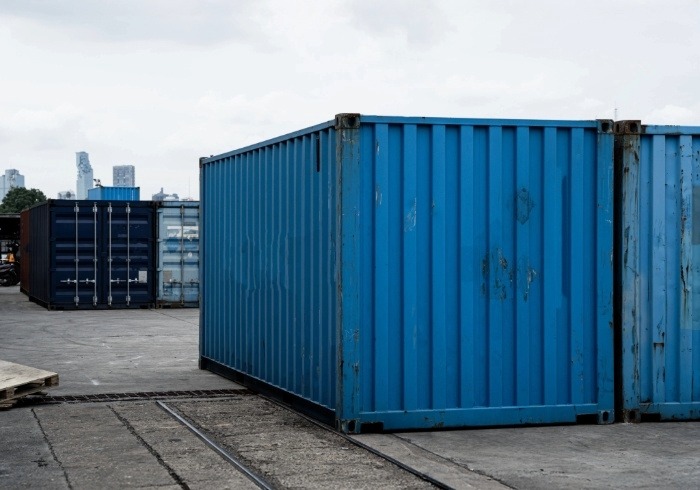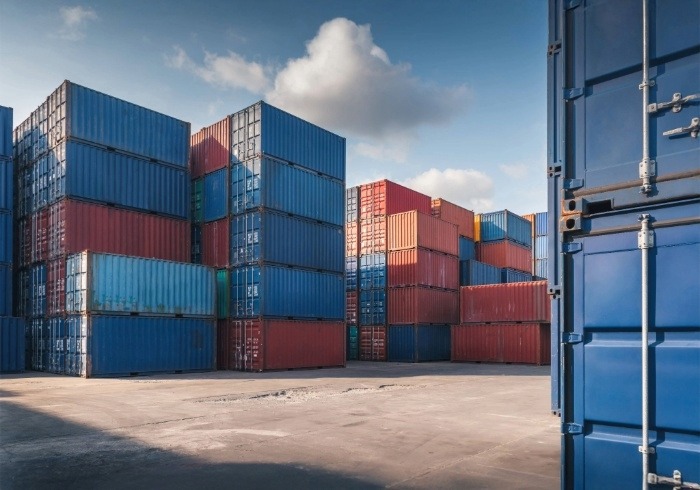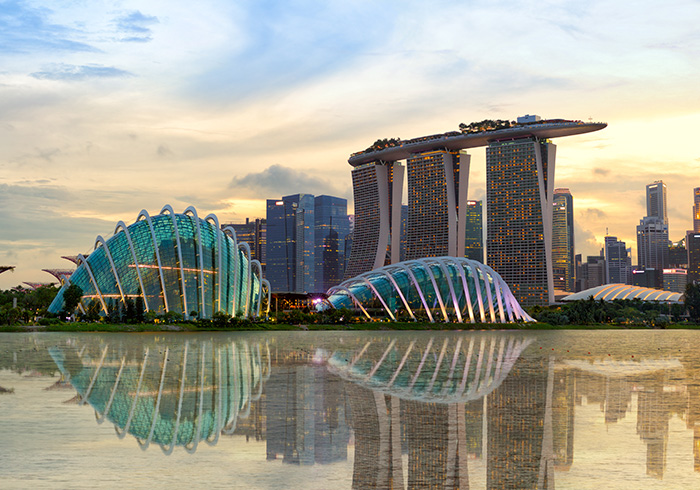Sustainalytics is a global ESG research, ratings and analysis firm used by corporates, investors and financial intermediaries, including banks. GTR speaks to Kevin Ranney, executive director of sustainable finance solutions, about the firm’s approach to assessing companies’ ESG risk, as well as wider trends in the green and sustainable finance space.
Snapshot
- Name: Kevin Ranney
- Company: Sustainalytics
- Title: Executive director of sustainable finance solutions
- Country: Canada
- Sector: ESG ratings and analytics
GTR: What does Sustainalytics do?
Ranney: Sustainalytics is a global provider of ESG data and analysis covering over 12,000 traded securities around the world. On the buy-side, we provide research and analysis services to asset owners and investment managers that are incorporating ESG into their investment management strategies. We also provide services to issuers, including the provision of second-party opinions on companies’ green and social sustainability-linked bonds and loans. Other services to issuers include the licencing of our ESG risk rating, as well as support in developing sustainable finance frameworks that financial institutions can implement across a range of asset classes.
GTR: How do you assess the ESG performance of a company?
Ranney: A major portion of our work is researching companies quite thoroughly across a broad range of ESG indicators. We consider the risk exposure that a company has across a range of material ESG issues, and then we assess how effectively they’re managing their risk in relation to those issues. In the context of our providing second-party opinions on sustainability-linked bonds or loans, our assessment focuses primarily on whether or not the company’s bond framework aligns with sustainability-linked bond or loan principles, as set out by the International Capital Market Association and the Loan Market Association. We consider the strength of the KPIs the issuer has selected, as well as the level of ambition of the issuer’s sustainability performance targets. This might include assessing how their targets compare with science-based decarbonisation trajectories, for example. Meanwhile, we also look closely at the issuer’s strategy to reach its stated targets. If a company has had serious controversies in the past, we consider these to be a reflection on its ability to effectively implement its strategies and manage ESG-related risks.
GTR: What would represent high risk in terms of a company’s ESG risk exposure?
Ranney: One typical example is a company whose activities are inherently carbon intensive. An electrical utility firm that relies heavily on coal for power generation faces major transition risk, for instance. ESG risk exposure varies hugely across different industries, though. Facebook, to give a very different example, has exposure to risk associated with concerns about data privacy, and concerns about the nature of its business model. Companies with operations in countries with high rates of bribery and corruption may also face high risk. So too do firms that have long supply chains that extend into countries where labour conditions are poor and human rights abuses often occur.
GTR: When it comes to providing a risk rating, what does that actually mean for the company? Will it affect their ability to secure financing?
Ranney: It’s very difficult to quantify that at this point. We have a general sense that ESG performance is starting to affect access to capital. But we couldn’t claim that our rating of a company has somehow had a tangible impact on that.
GTR: Has there been a rise in green and sustainable bonds and loans?
Ranney: The bulk of work we do is in bonds. That’s where we see the most growth and also where we have the most data. But anecdotally, we’re certainly seeing an increase on the loan side also. We’ve seen a notable rise in deals, mostly sustainability-linked bonds or loans, involving ‘hard-to-abate’ industries such as the marine shipping and cement industries. These sectors are generally viewed as ‘transition’ industries that will need to decarbonise over time. Previously, companies in these industries haven’t been active in the green bond and loan space, because they’re not focused on activities that have traditionally been viewed as ‘green’, such as renewables and green buildings, for example. But now there’s a trend towards including them. Many investors in the green bond space really want industries like these in, and there’s a lot of effort to make that happen in a credible way. Many companies remain hesitant, however, and are concerned about being viewed as trying to greenwash their activities.






